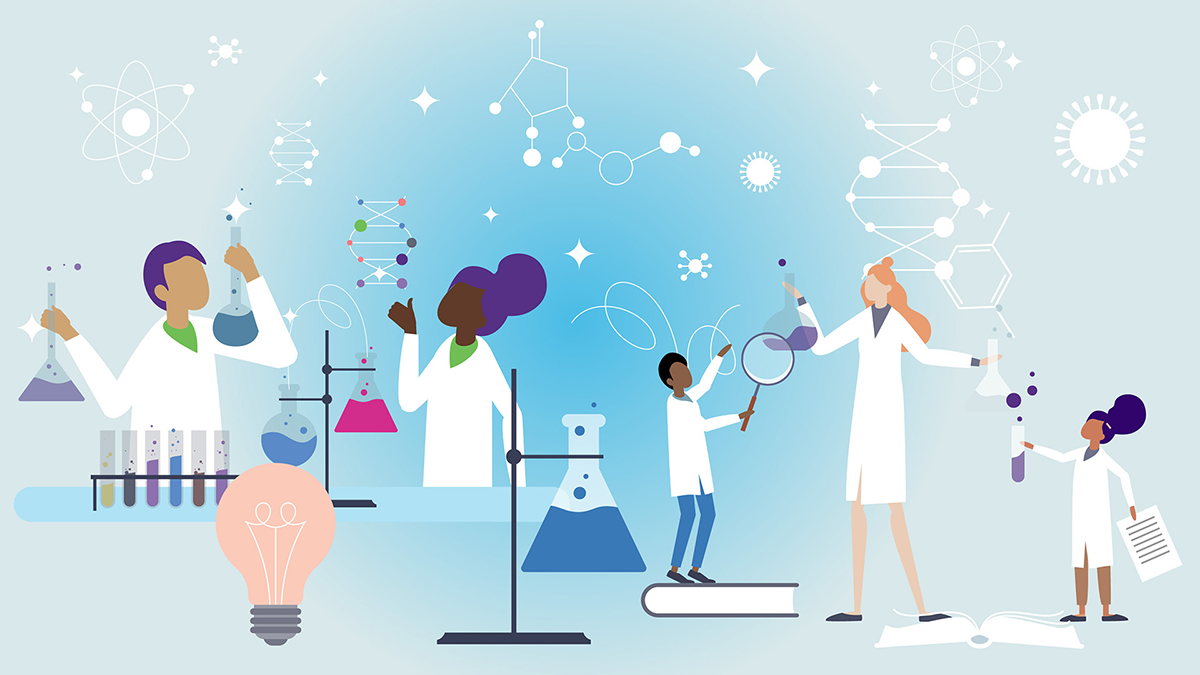
09 Aug STEM education and training builds diversity among next generation of biomedical scientists
Jon Lorsch, NIH
Nelson Mandela said, “Education is the most powerful weapon which you can use to change the world.” At NIH’s National Institute of General Medical Sciences (NIGMS), we believe that educating future and current scientists from diverse backgrounds benefits the entire biomedical research enterprise, changing the world through advances in disease diagnosis, treatment, and prevention.
As the summer winds down and students and educators embark on a new school year, I thought I’d highlight some of our educational resources that complement science, technology, engineering, and math (STEM) curricula. I’d also like to draw your attention to training programs designed to inspire and support research careers.
STEM Programs and Resources from NIH
The NIGMS Science Education Partnership Awards (SEPAs ) are resources that provide opportunities for pre-K-12 students from underserved communities to access STEM educational resources. It lets them aspire to careers in health research.
The SEPA grants in almost every state support innovative, research-based, science education programs, furthering NIGMS’ mission to ensure a strong and diverse research ecosystem. Resources generated through SEPAs are free, mapped to state and national teaching standards for STEM, and rigorously evaluated for effectiveness. These resources include mobile laboratories, health exhibits in museums and science centers, educational resources for students, and professional development for teachers.
One SEPA program at Purdue University College of Veterinary Medicine, West Lafayette, IN, pairs veterinarians from their nationwide “superhero” League of VetaHumanz with local schools or community centers that support underserved students. These professional veterinarians, also from diverse backgrounds, strive to help young students from underrepresented groups envision future careers caring for animals.
Another SEPA program at Baylor University, Waco, TX, is increasing access to chemistry labs for high schoolers with blindness . It uses a robotic reactor with enhanced safety features to eliminate many dangers of synthetic organic chemistry. Students with blindness can control the robot to conduct experiments in a similar fashion to their sighted counterparts. The robot is housed within an airtight, blast-proof glove box, and it can perform common chemistry operations such as weighing and dispensing solid or liquid reagents; delivering solvents; combining reagents with the solvents; and stirring, heating, or cooling the reaction mixtures.
As noted in the 2021 report from the White House’s Office of Science and Technology Policy, “equity and inclusion are fundamental prerequisites for making high-quality STEM education accessible to all Americans and will maximize the creative capacity of tomorrow’s workforce.” I believe this statement falls right in line with the spirit of SEPAs. Read more …



